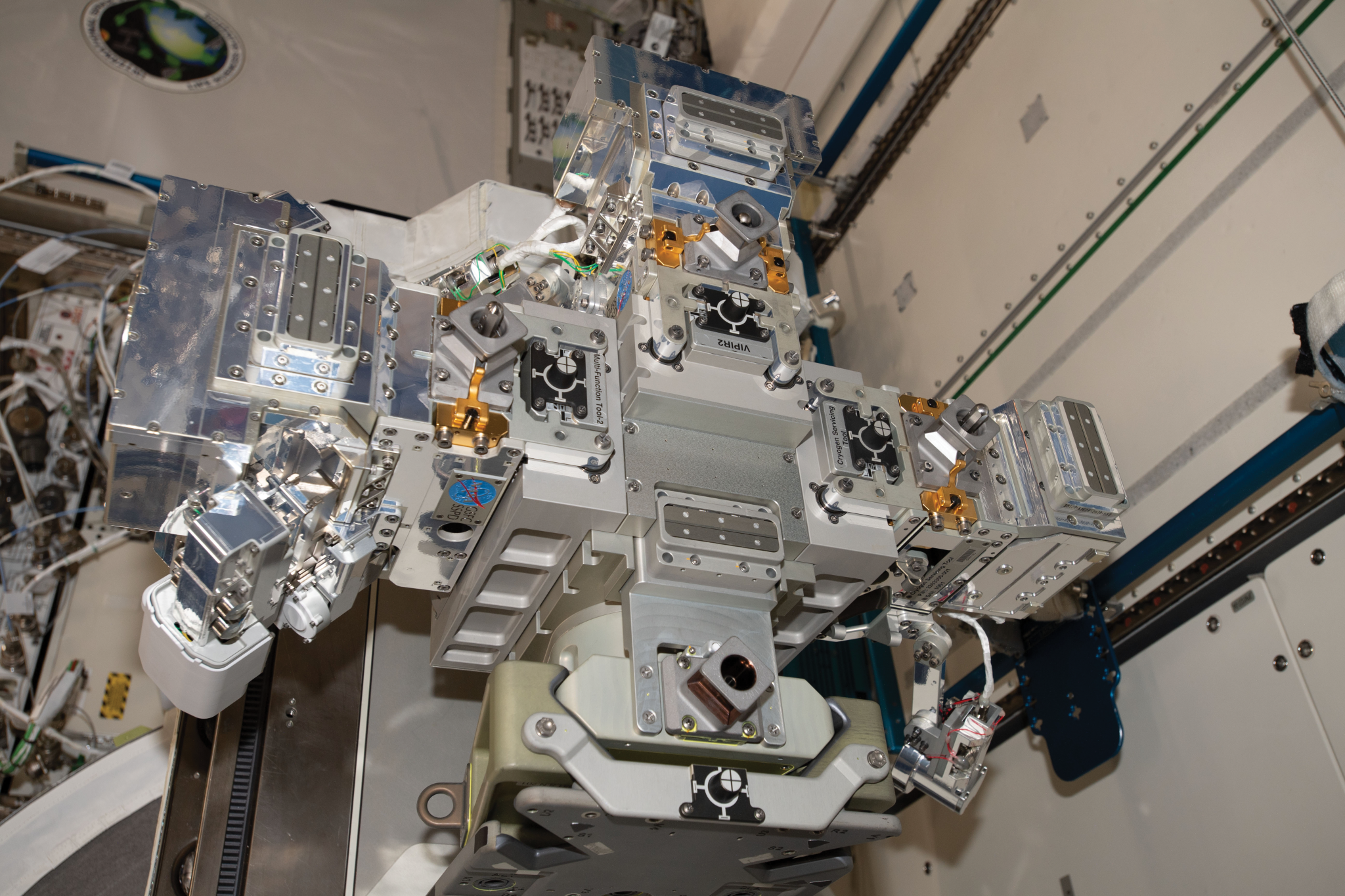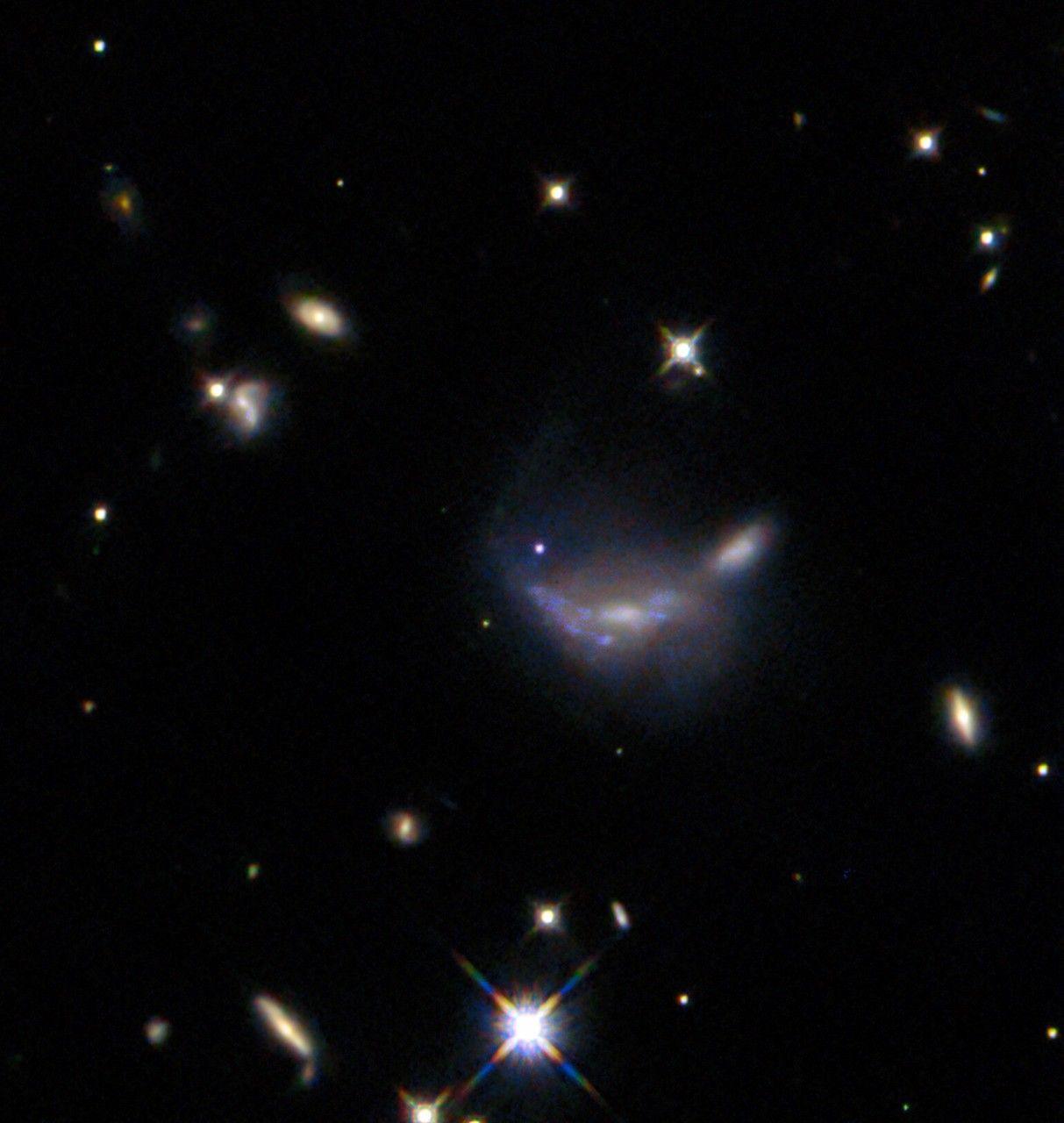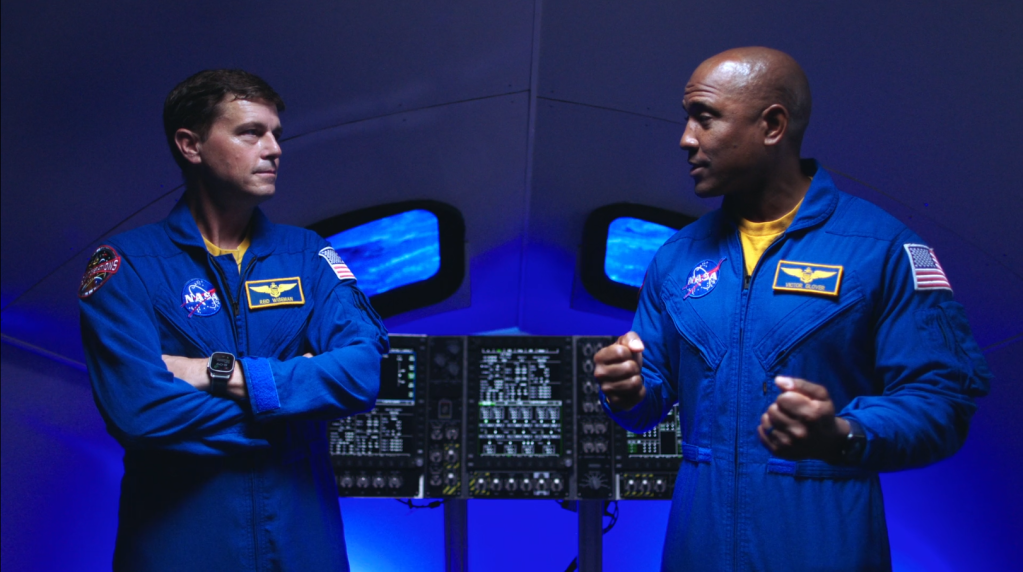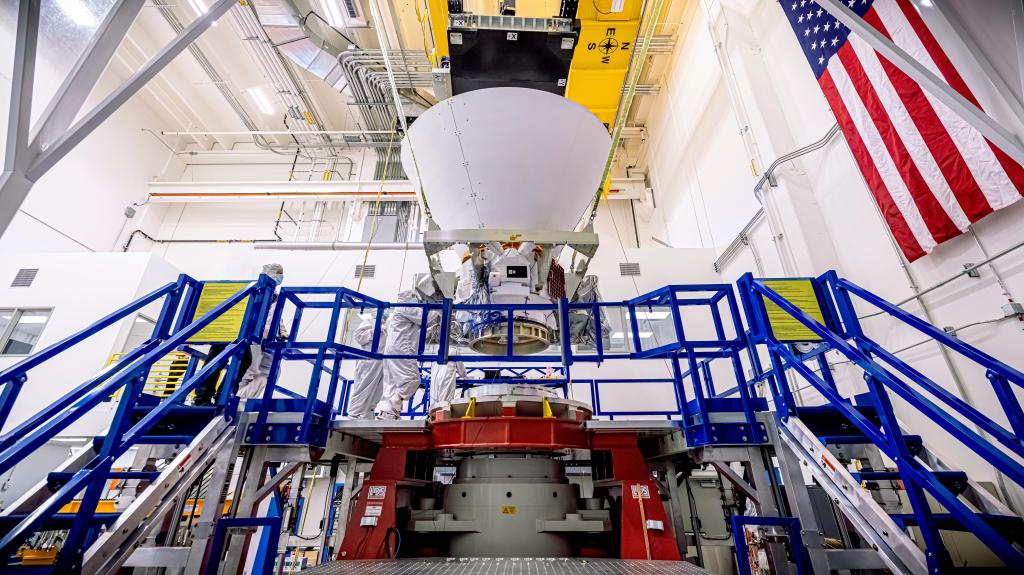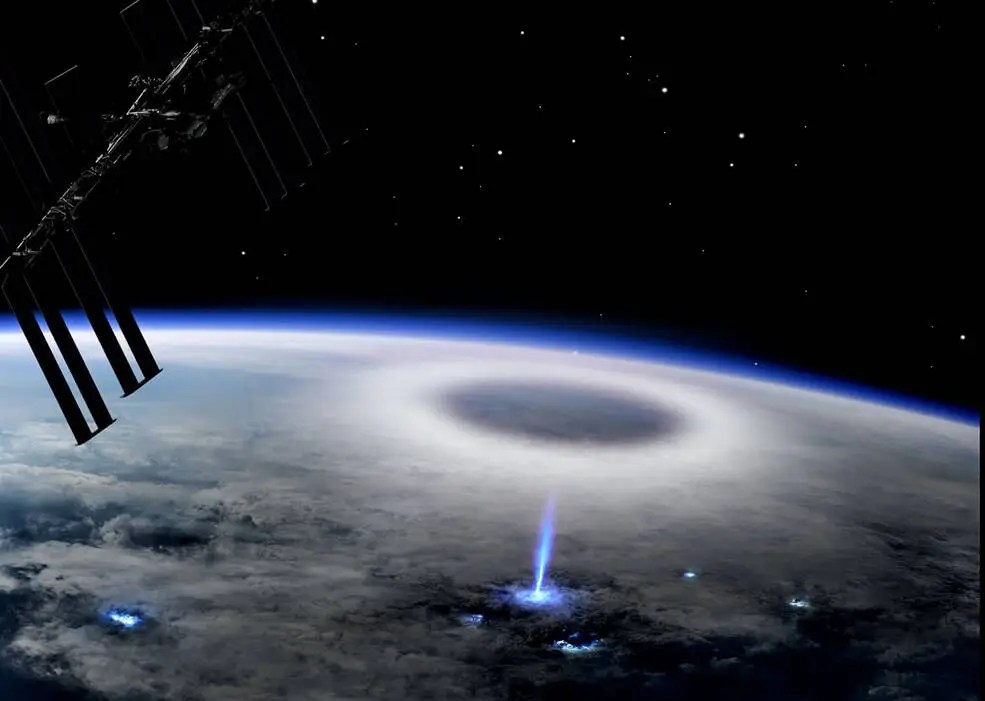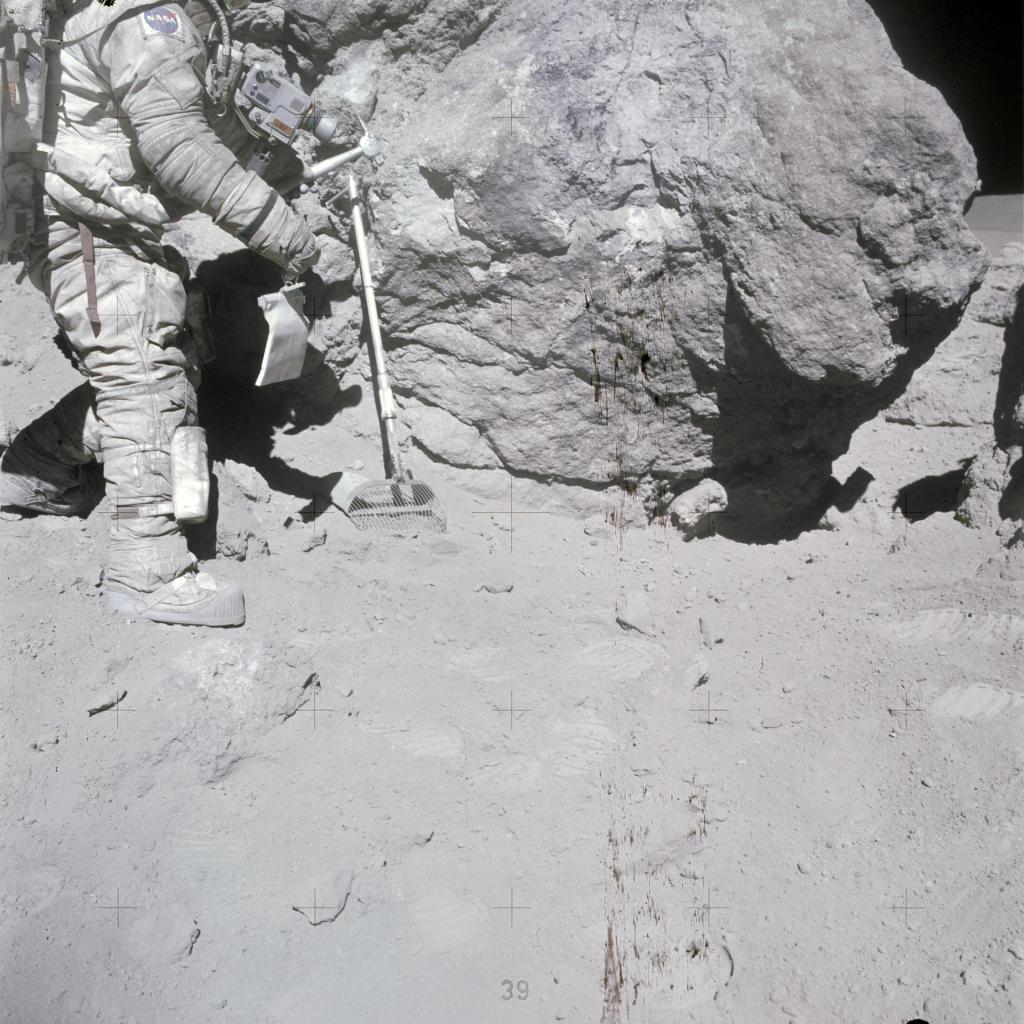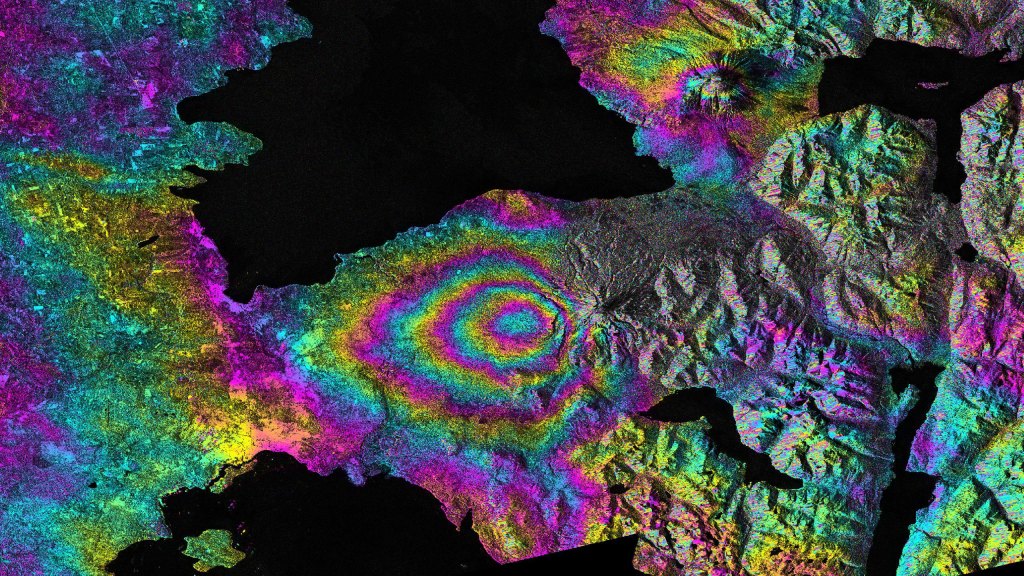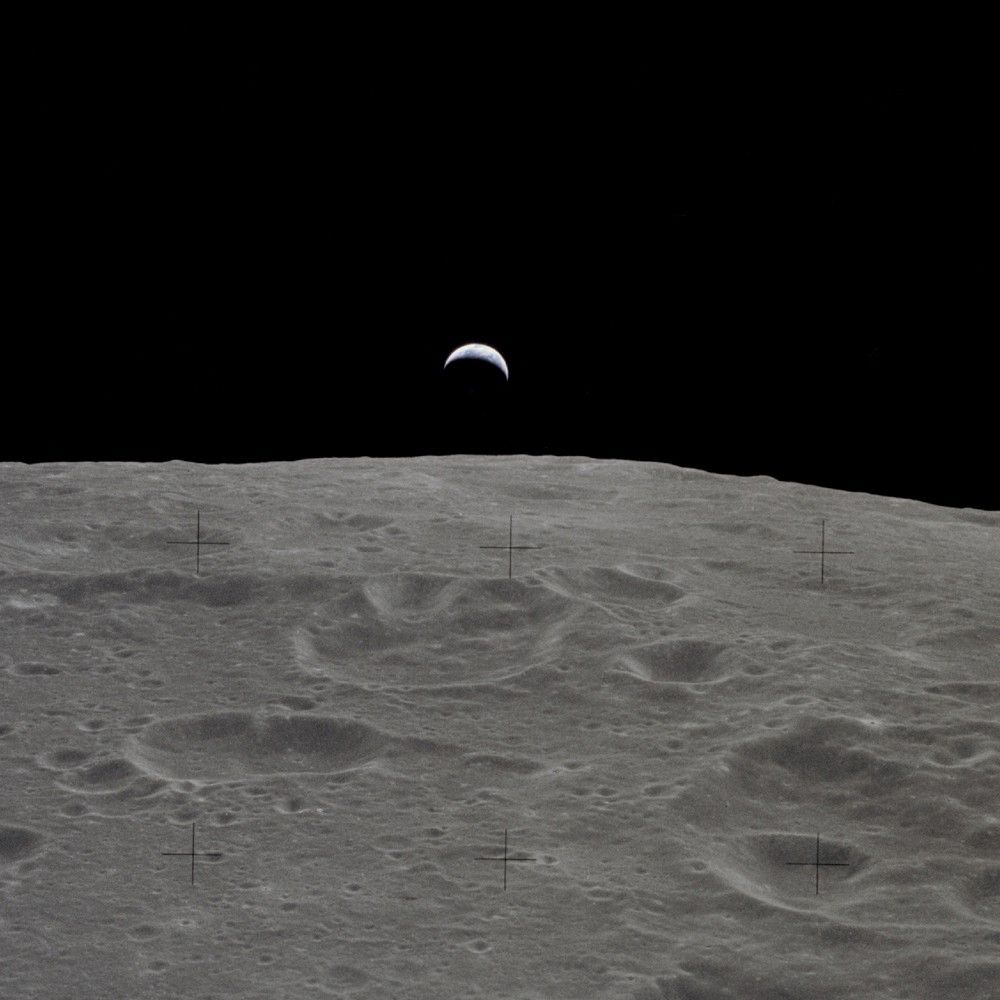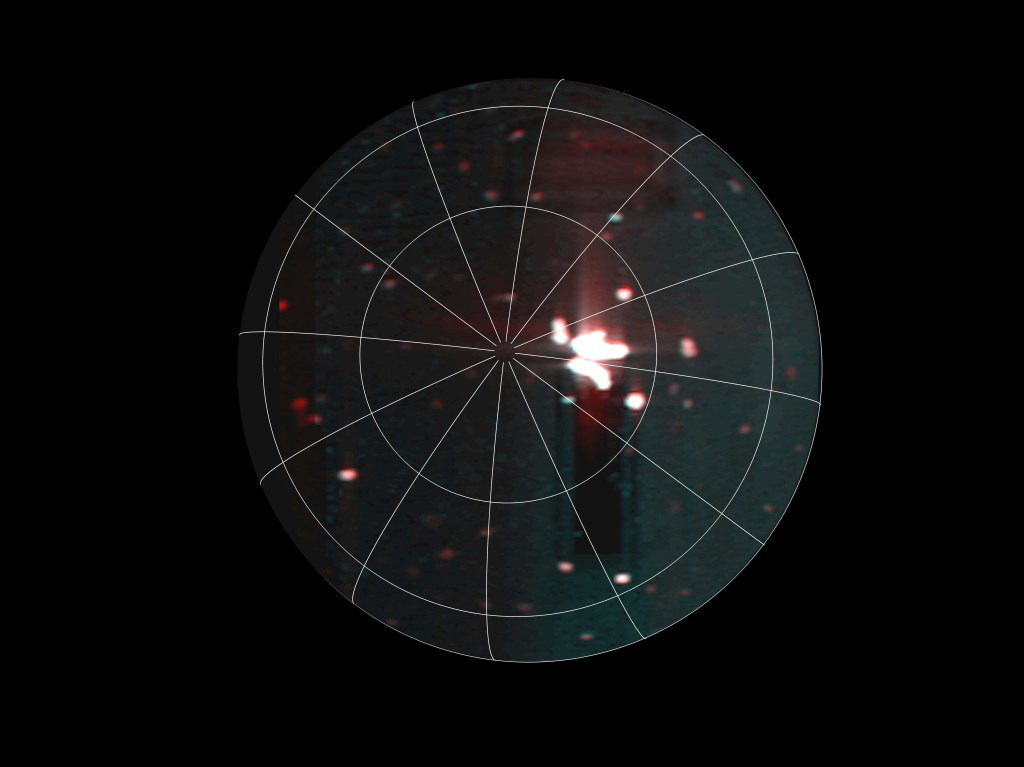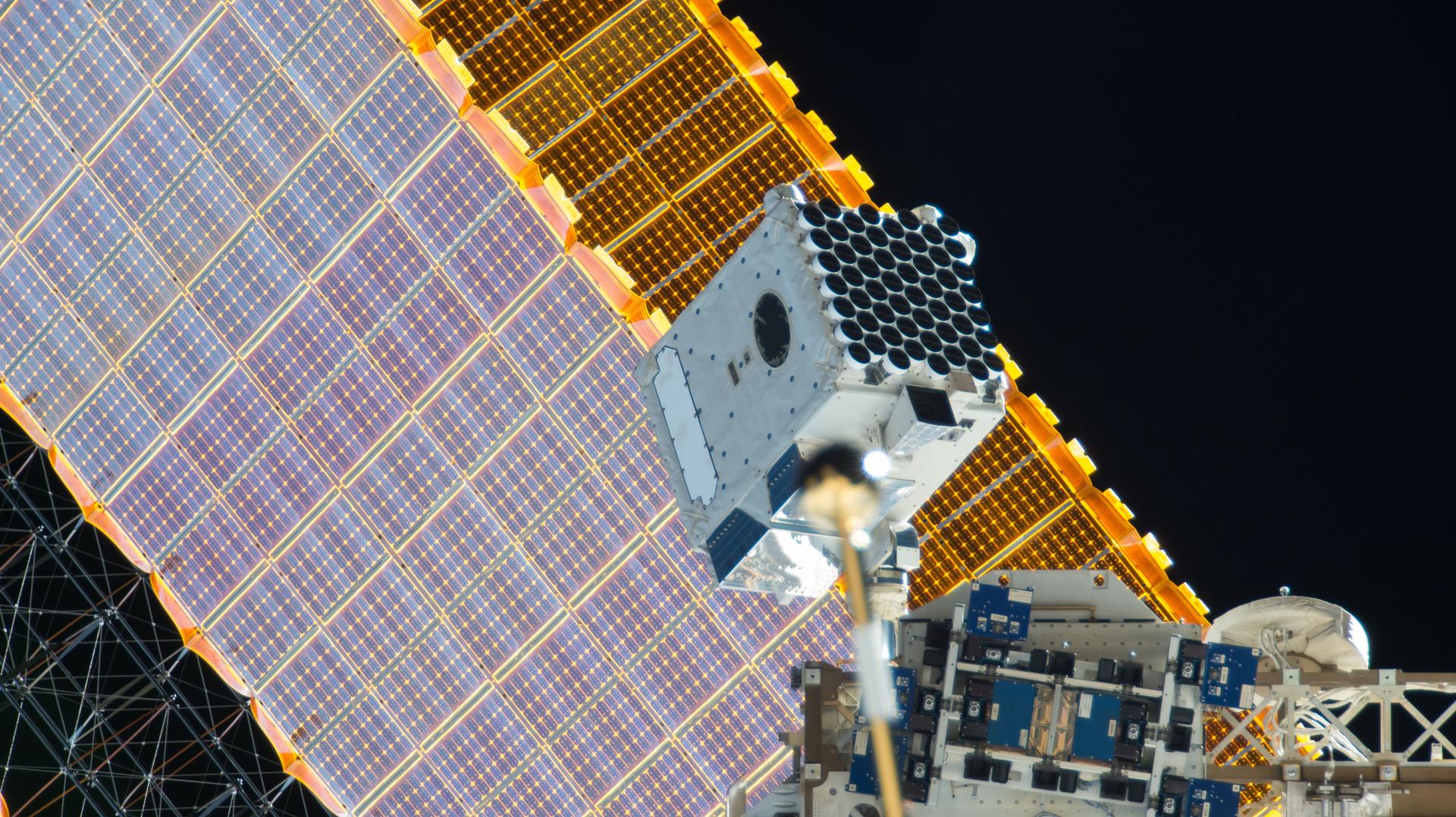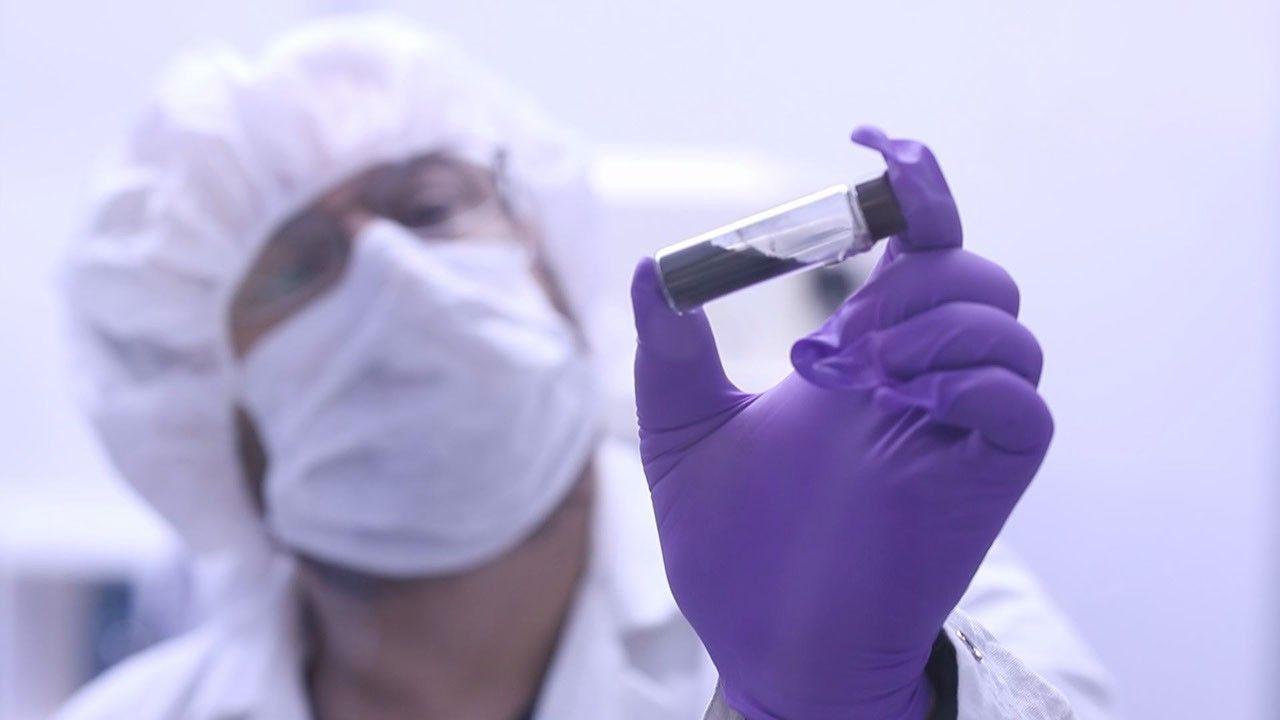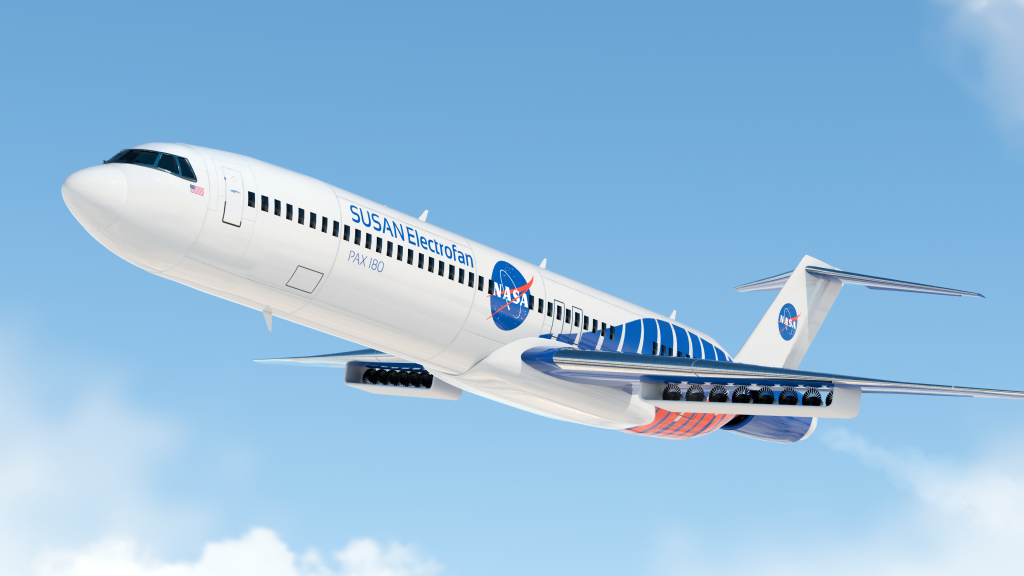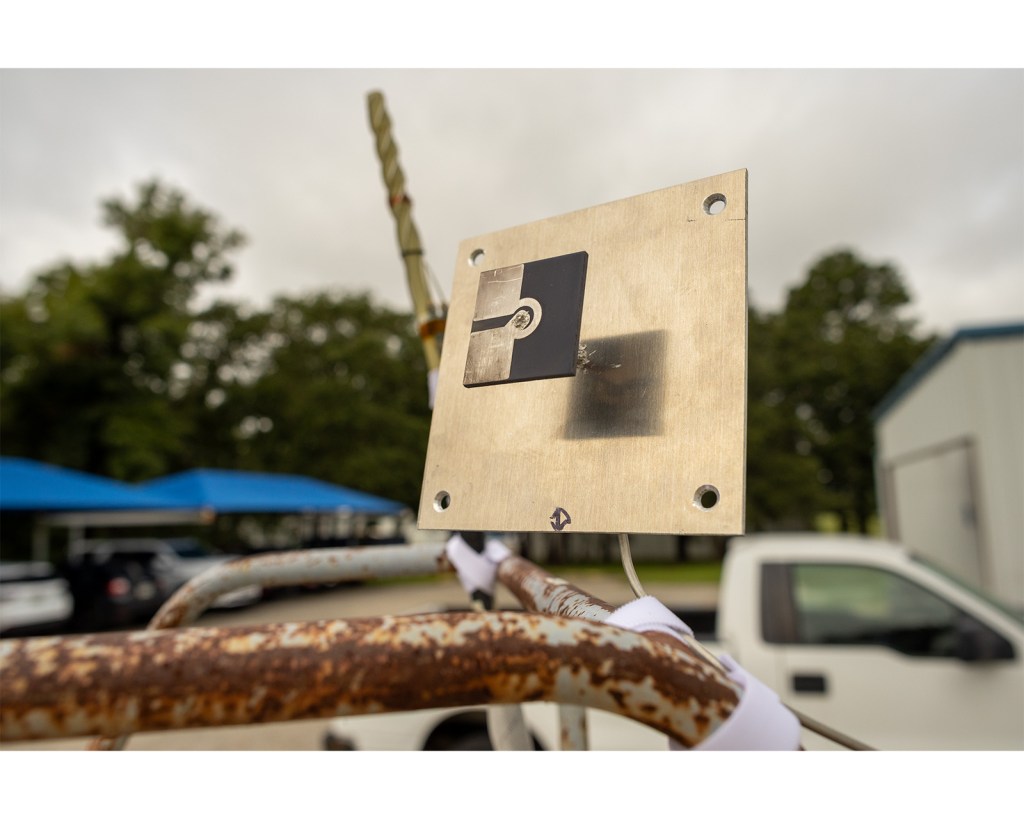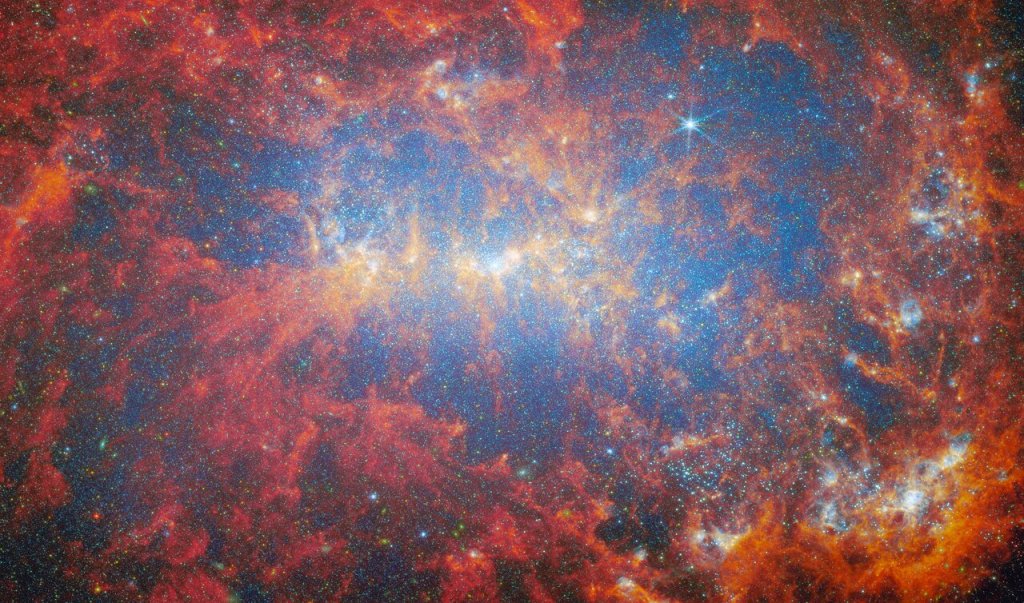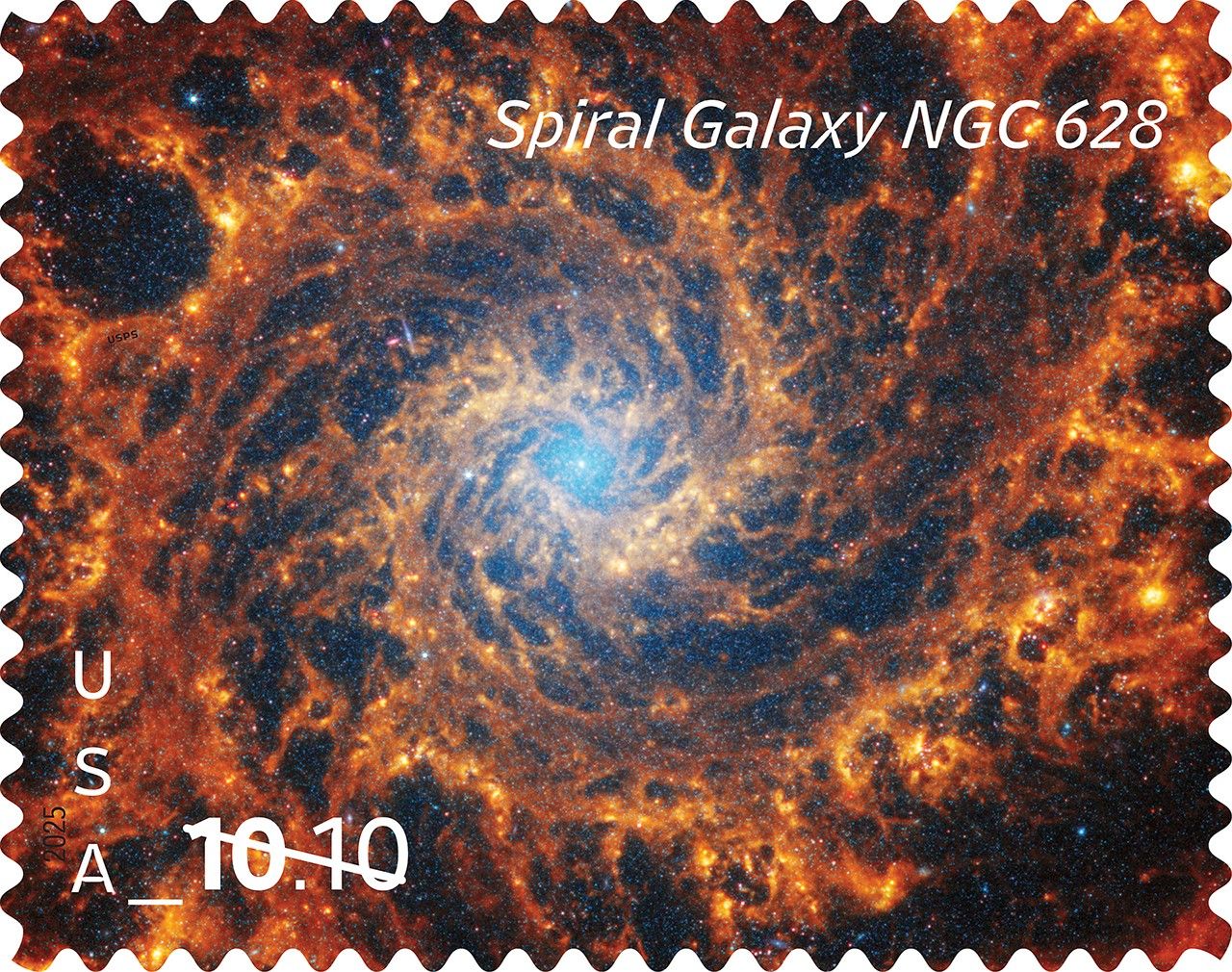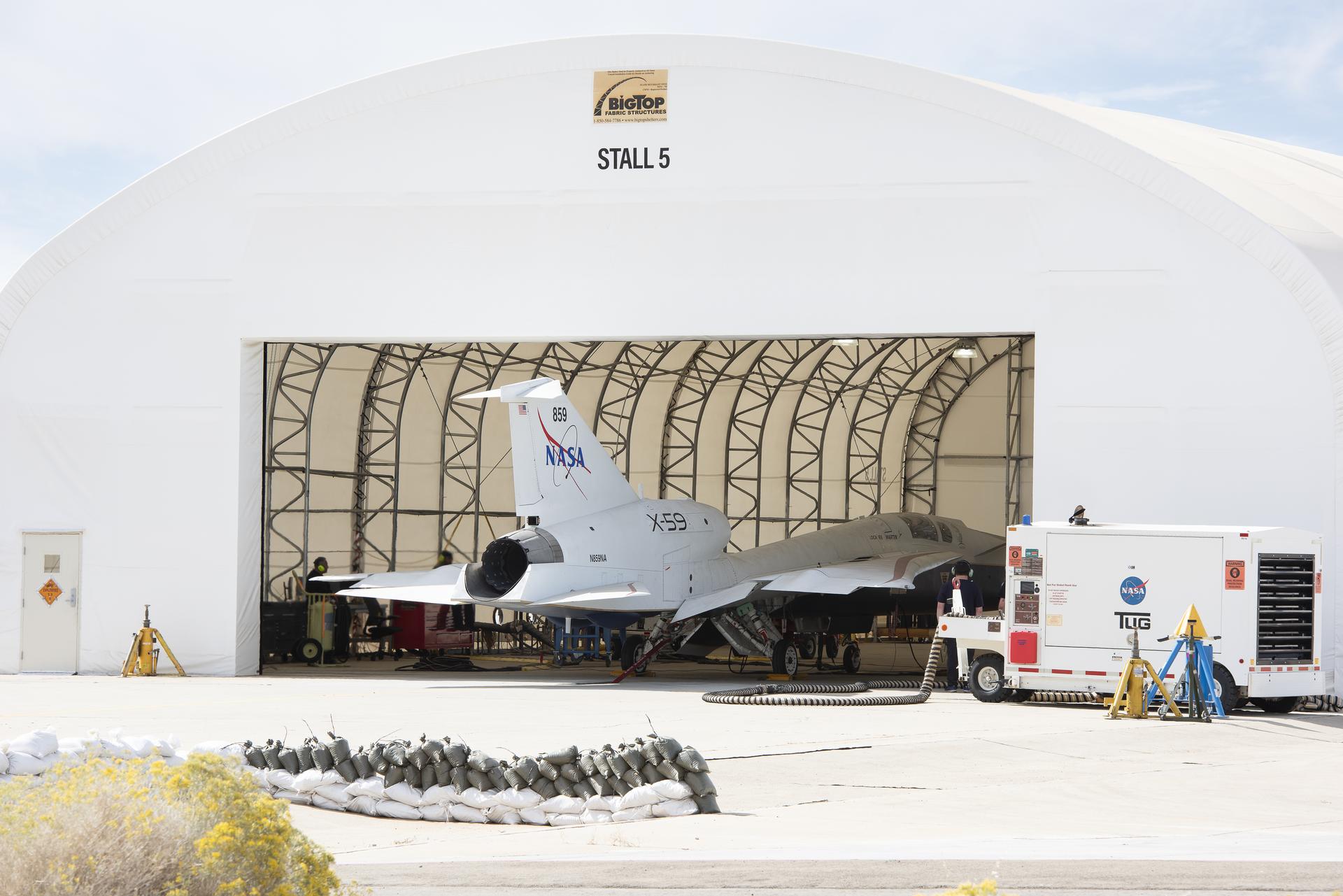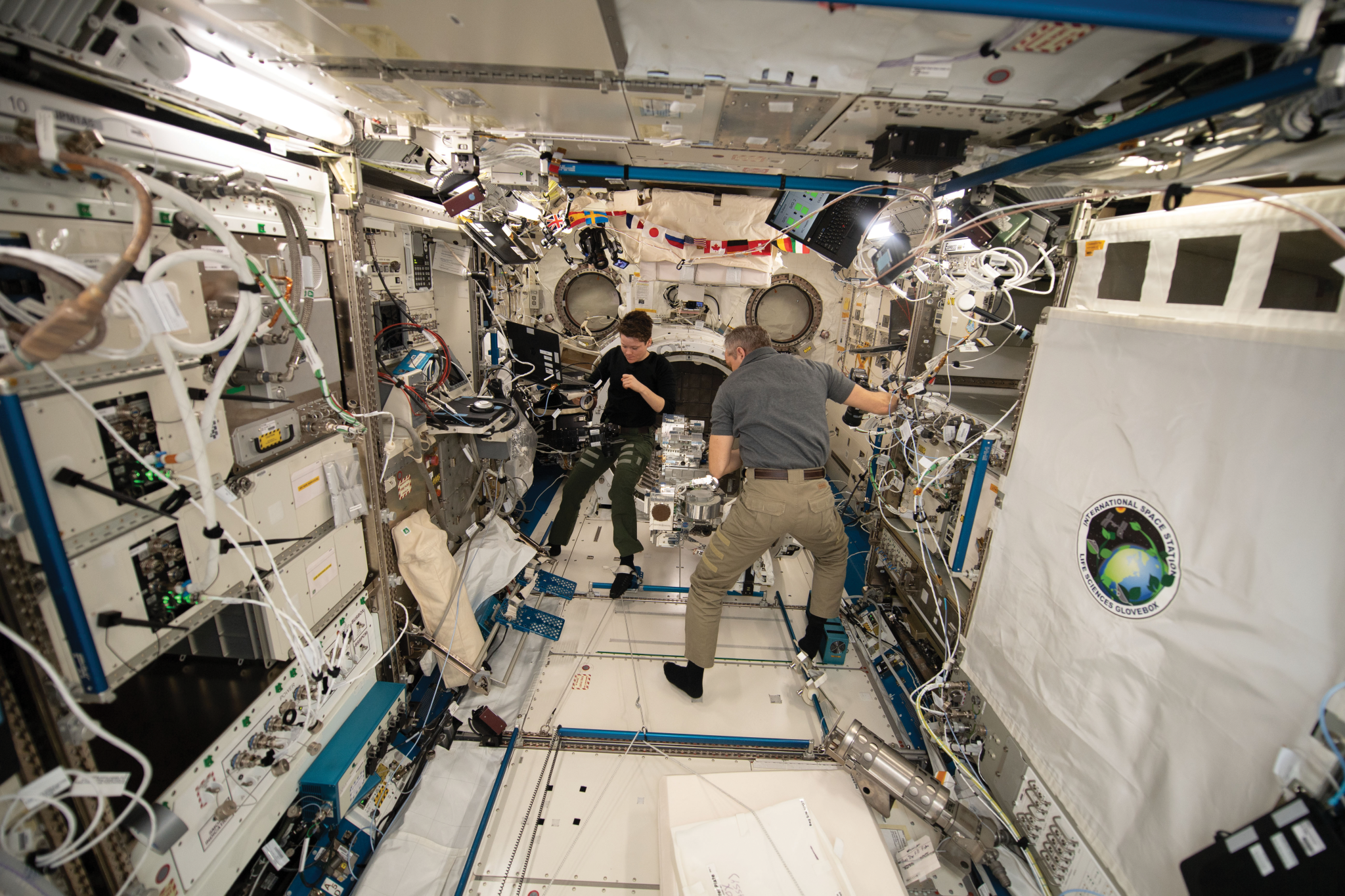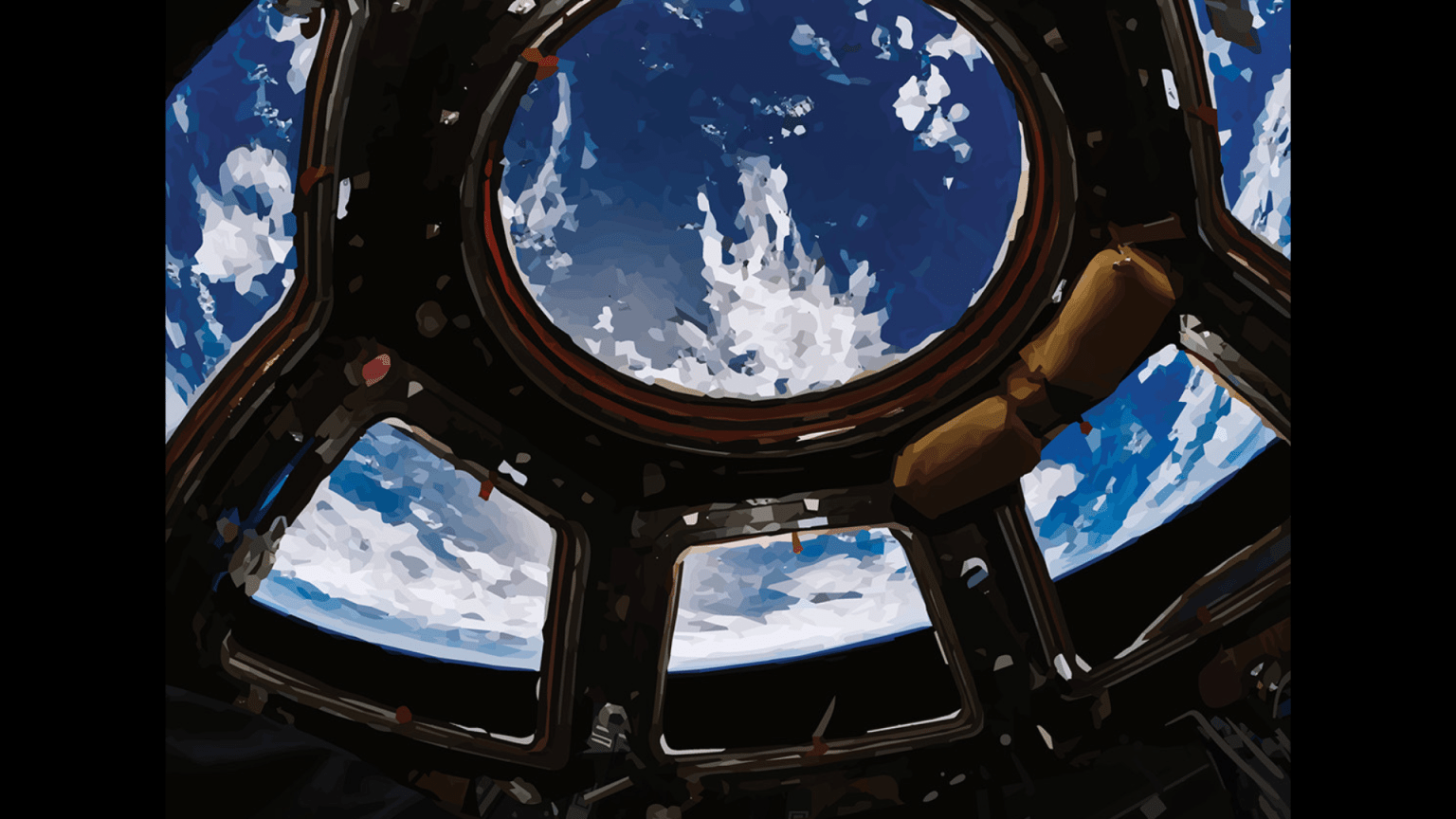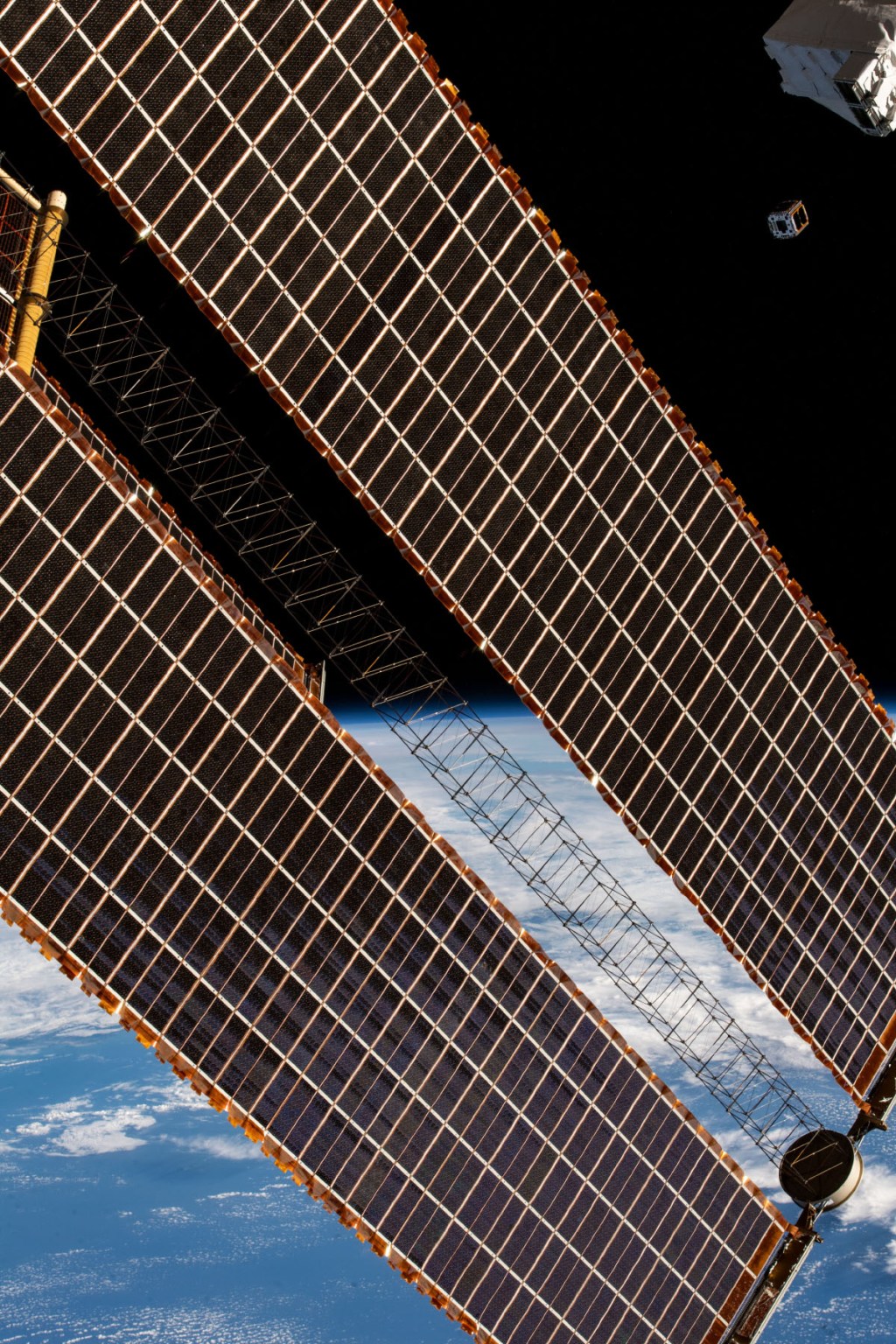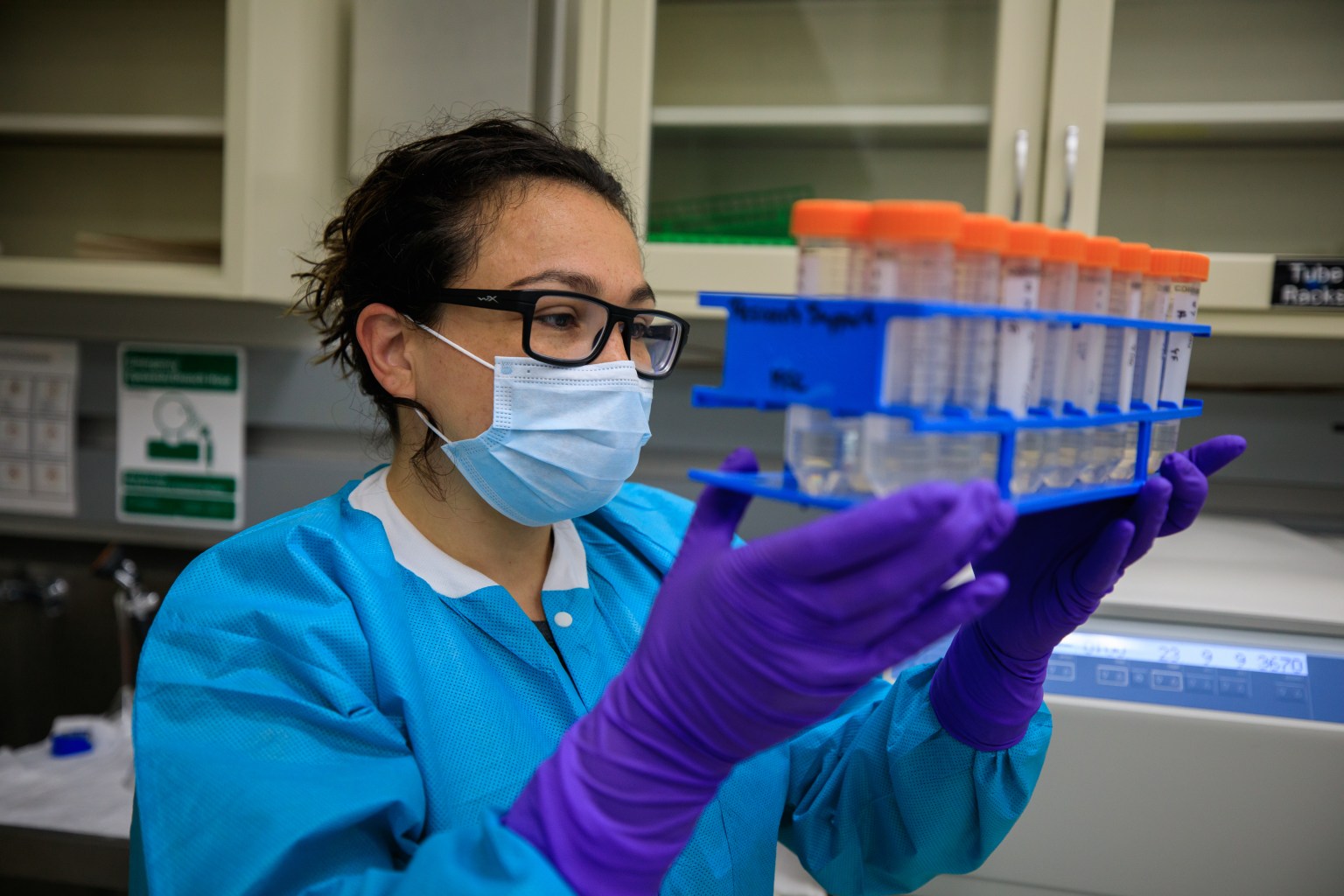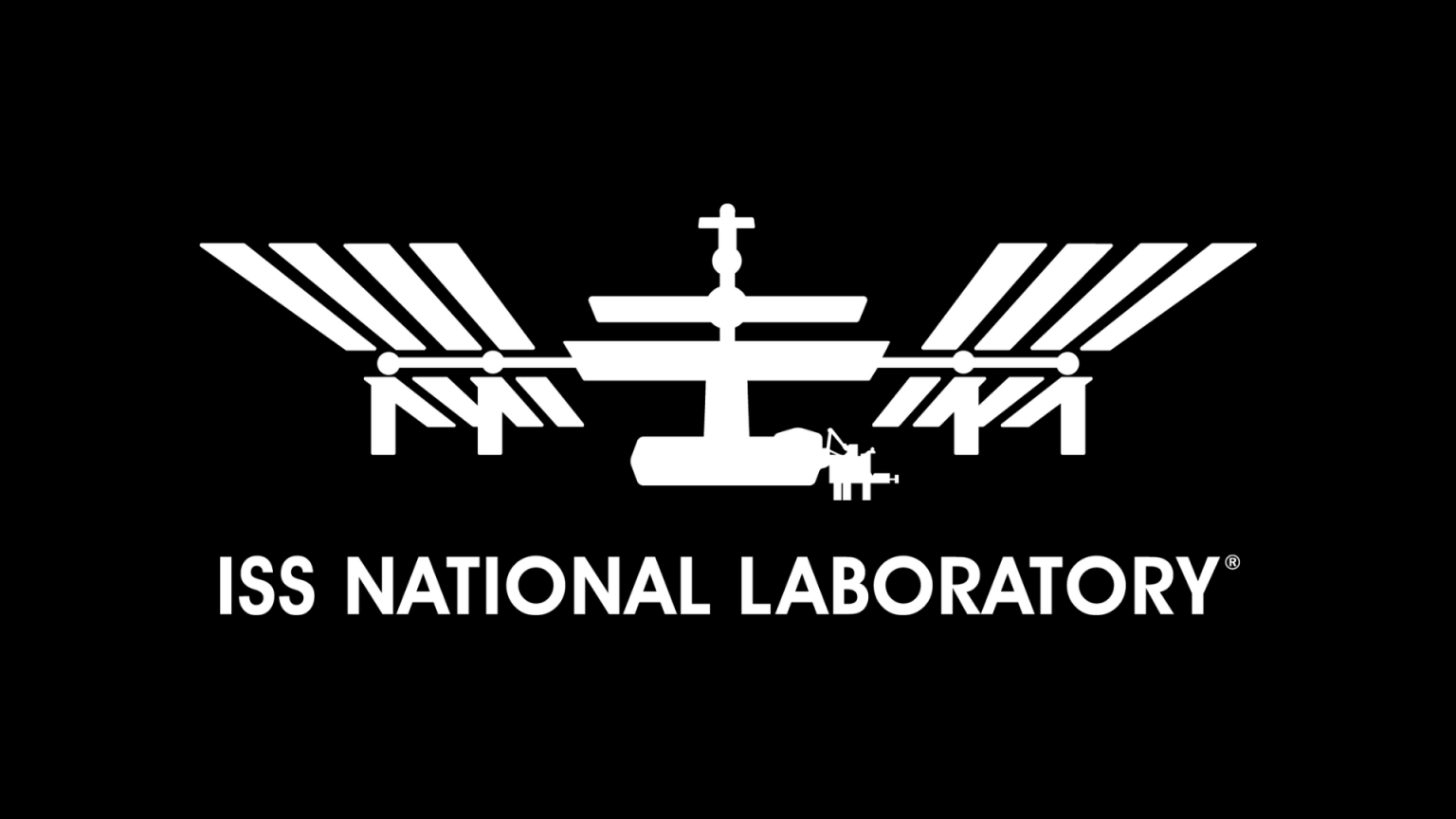When satellite fuel tanks hit empty, they can no longer maintain their orbit. If they run out of coolant, some instruments stop functioning correctly. The result can be loss of data and science or disrupted services on Earth. Launching satellites to replace them can be an expensive endeavor but does restore services to Earth. However, the now-defunct satellites may become orbital debris, creating a potential hazard to other spacecraft.
Several investigations have used the International Space Station to test ways to refuel and repair satellites in orbit and avoid these problems.
Beginning in 2011, the Robotic Refueling Mission (RRM) used the space station’s two-armed robotic handyman, Dextre, developed by the Canadian Space Agency (CSA), to test NASA-developed tools and procedures needed to refuel and repair satellites that were not originally designed for such servicing. RRM-P2 operated from 2013 to 2016 to refine those tools and procedures, creating the ability for a robot and satellite to work together.
“To refuel a satellite in orbit that was not designed for it requires a series of highly dexterous tasks and special tools to interface between the robot and satellite,” said RRM co-investigator Jill McGuire, director of Exploration and In-space Services at NASA’s Goddard Space Flight Center in Greenbelt, Maryland. “So, we built innovative tools to bridge the gap between the robot and the payload.”
That paved the way for RRM3, which launched in 2017 and already has successfully demonstrated the first in-space transfer of cryogenic fluid, which can function as a fuel or coolant. The Zero Boil-Off Tank (ZBOT) study worked with a different aspect of cryogenic fluid, using an experimental fluid to test an alternative means for controlling tank pressure for storing coolant. This is the first in a series of experiments to advance our knowledge in the development of lightweight, efficient, and long-duration cryogenic propellant storage tanks in space.
In addition to extending the life of existing satellites, these investigations provide guidance for designing future satellites that can be more easily serviced – and, therefore, keep providing important services to people on Earth.
